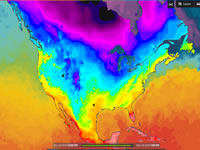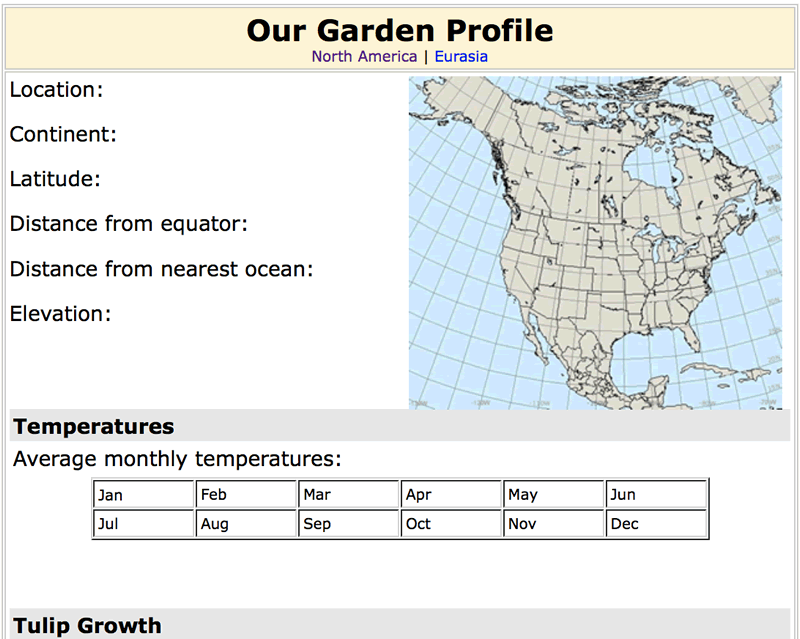Background Information
Journey North News Updates drive instruction. Each update includes a journal infographic with a question to explore, an activity to try, a map to analyze and more. Over the season, the journal connects the interlocking threads in your content-building storyline.
Instructional Ideas
Here are some creative ways to use Journey North journal infographics to explore ever-changing events, record compelling questions, formulate hypotheses, document data, and present discoveries.
As summer ends and autumn nears, hummingbirds respond to seasonal changes: shorter daylight, cooler temperatures, and fall blooms. They instinctively know when to leave their breeding grounds. Fewer hours of daylight trigger hormonal changes that cause the urge to fuel up and fly south even though nectar-rich flowers are still in bloom and sugar-water feeders are full. What behaviors will you see this fall?
Driving Question: In the fall, where are hummingbirds and what are they doing?
Month by month, where are Ruby-throated Hummingbirds and what are they doing? The facts and photos in this photo gallery showcase the annual cycle of the Rubythroat. Choose from an array of activities to explore how these tiny birds respond to the seasons. Discover ways to document the changes you observe throughout the year.
Driving Question: What is the annual cycle of the Ruby-throated Hummingbird?
Background
For use with Slideshow: Monarch Arrival and Mexican Traditions and the Companion Resources below.
Driving Question: How are Mexican traditions connected to the monarchs’ arrival?
Monarch migration can be invisible to us when we watch from the ground. There is a large gap overhead where monarchs can travel and we can't see them. Journey North tracks migration based on visual observations, so questions about the height of flight are important:
Driving Question: How high do monarchs fly - and how high can we see them?
For use with Photo Gallery: How High Do Monarchs Fly?




